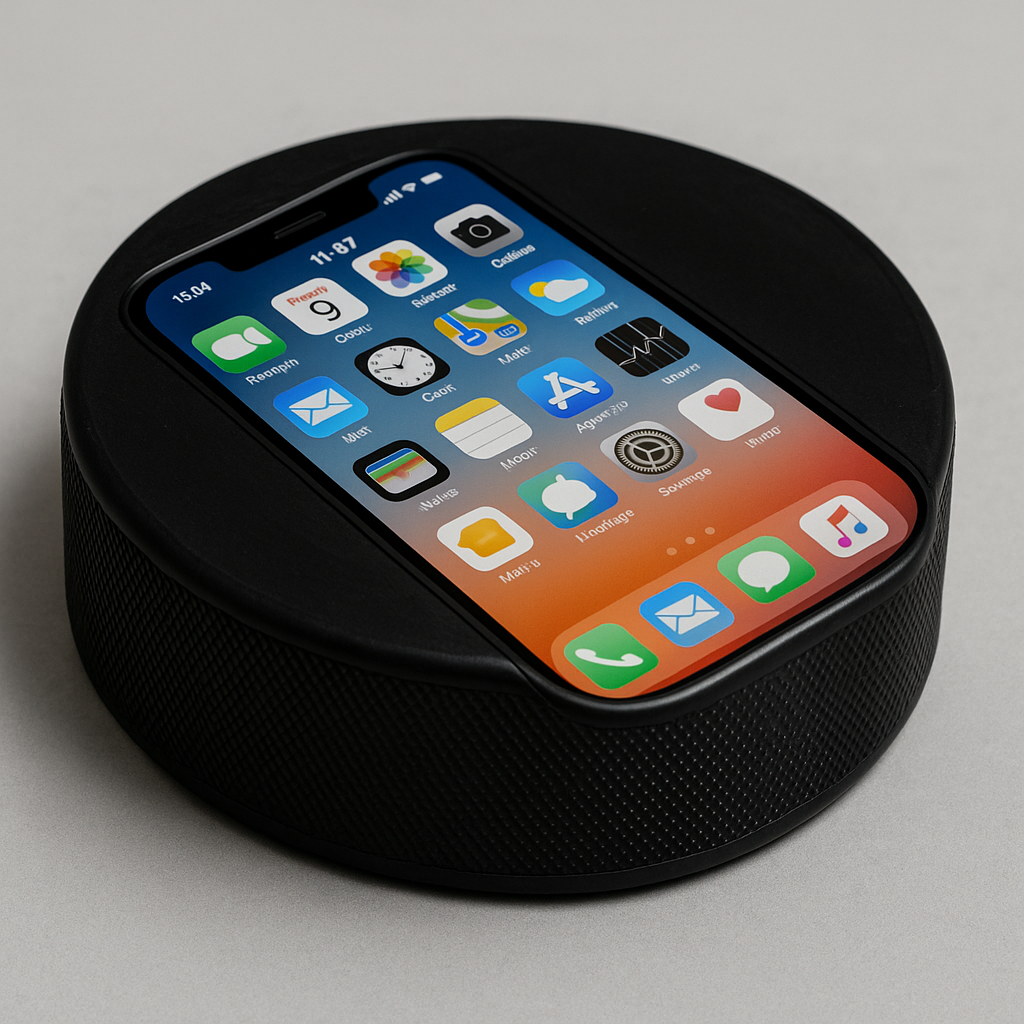In the past decade, hockey has embraced a wave of innovation that is transforming the way players train, teams strategize, and coaches develop talent. At the center of this evolution are two powerful advancements: smart pucks and smart ice systems. These technologies are bringing a level of data and analysis to the rink that was once reserved for pro-level video rooms and biomechanics labs. Now, they’re becoming more accessible, even at the amateur level.
The Rise of the Smart Puck
Smart pucks, like the NHL’s tracking-enabled puck or the Finnish-developed Sense Arena-compatible sensors, embed microchips inside regulation-weight rubber. These chips track key data points in real time:
- Shot speed
- Shot accuracy
- Puck rotation (spin rate)
- Movement path and location on the ice
This data is transmitted wirelessly to a mobile device or centralized server, allowing players and coaches to analyze mechanics immediately after drills. The ability to quantify each shot and pass turns training from guesswork into science.
For example, a player can now track if their snapshot is consistently under 70 mph and identify why their top corner accuracy drops when shooting in motion. It gives feedback that’s both measurable and actionable.
What Is Smart Ice?
Smart ice systems use embedded sensors below the surface of the rink (or mounted cameras with AI tracking) to monitor:
- Player location and movement
- Puck trajectory
- Zone entries and exits
- Time on ice per player
- Positional heat maps
Systems like Sportlogiq, Beyond Sports, and Wisehockey are already used in professional leagues across Europe and North America. These setups can generate visual heat maps and highlight reels within seconds of a shift ending. Coaches can break down exact moments: when a defenseman pinched too early, or if a forward drifted outside the high-danger slot.
How It Helps Players Improve
- Feedback Loop Players get near-instant feedback on their actions. Did your release slow down in the third rep of your drill? You’ll see it. Did your breakaway angle get worse under pressure? The system logs it.
- Objective Development By replacing “feel” with factual data, players at any level can see where they’re improving (or not). That builds more focused practice and builds accountability into the process.
- Remote Coaching Possibilities Some smart puck systems pair with VR simulators or mobile apps, allowing coaches to give feedback from anywhere. This is a game changer for elite youth players working with skills coaches across the country.
Is This Tech Just for Pros?
Not anymore. Companies like Sense Arena, Hockey IntelliGym, and Iceberg Analytics are scaling these tools for junior, college, and AAA-level programs. As costs continue to drop, it’s likely that within a few years, even local training centers and high schools will have access.
Like every advancement, the key is knowing how to use the data effectively. Just because you have a graph doesn’t mean you’re improving. But if used properly, smart hockey tech becomes a performance edge.
Final Thoughts
We’re entering an era where data isn’t just for scouts and analysts. It’s for players — right in the moment, during practice, where it can actually make a difference. Smart pucks and smart ice aren’t about replacing traditional training, they’re about sharpening it. The future of hockey will still be gritty and skilled — but now, it’ll be smarter too.
Have questions or experience with smart hockey gear? Drop a comment or email us — we’d love to hear how tech is shaping your game.

Leave a Reply